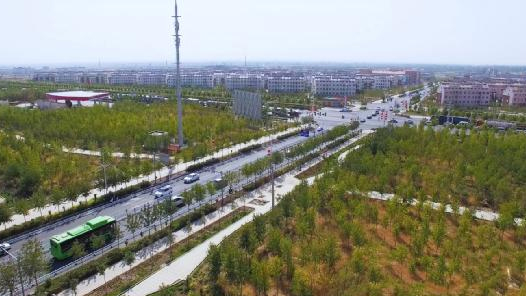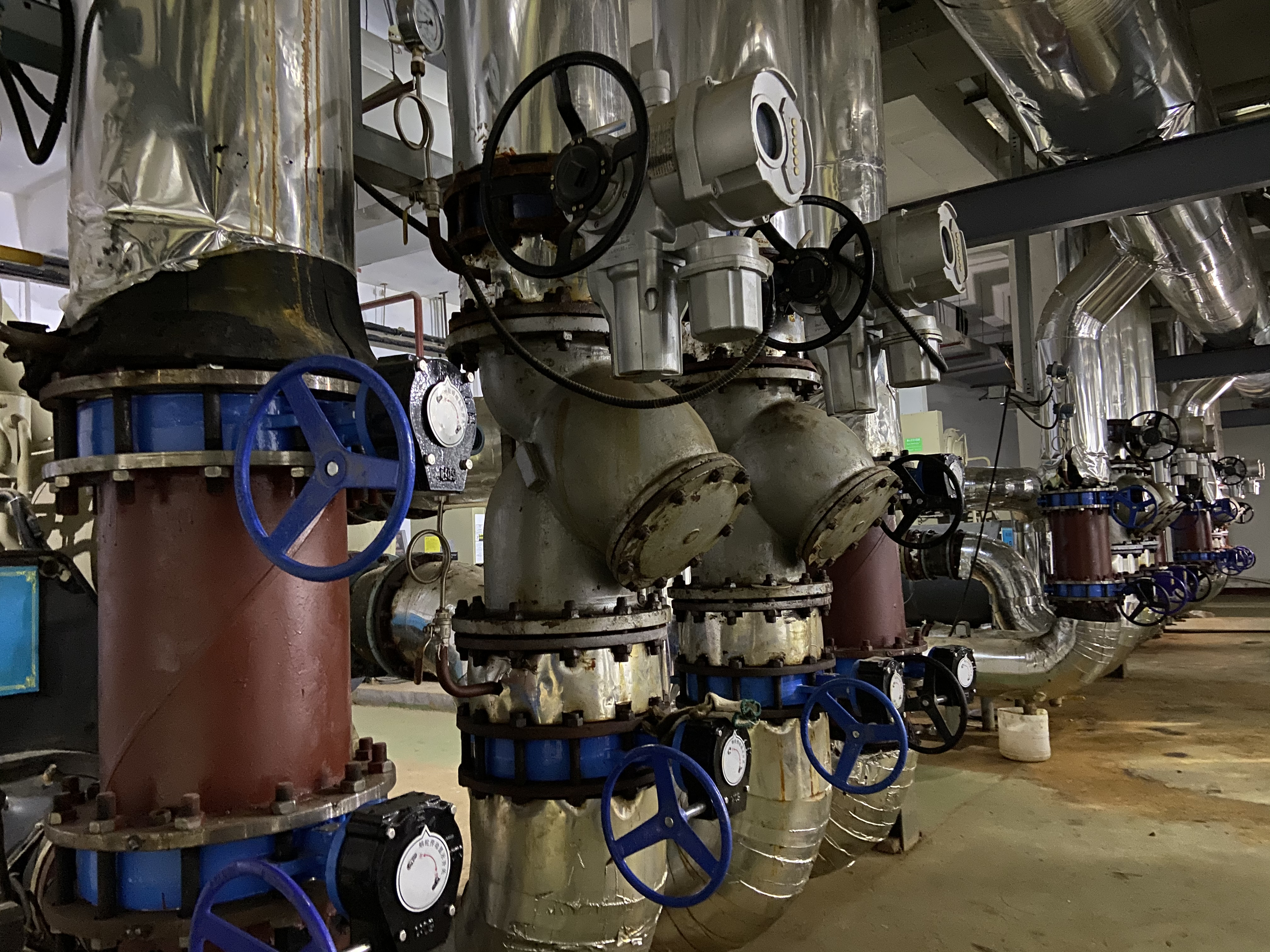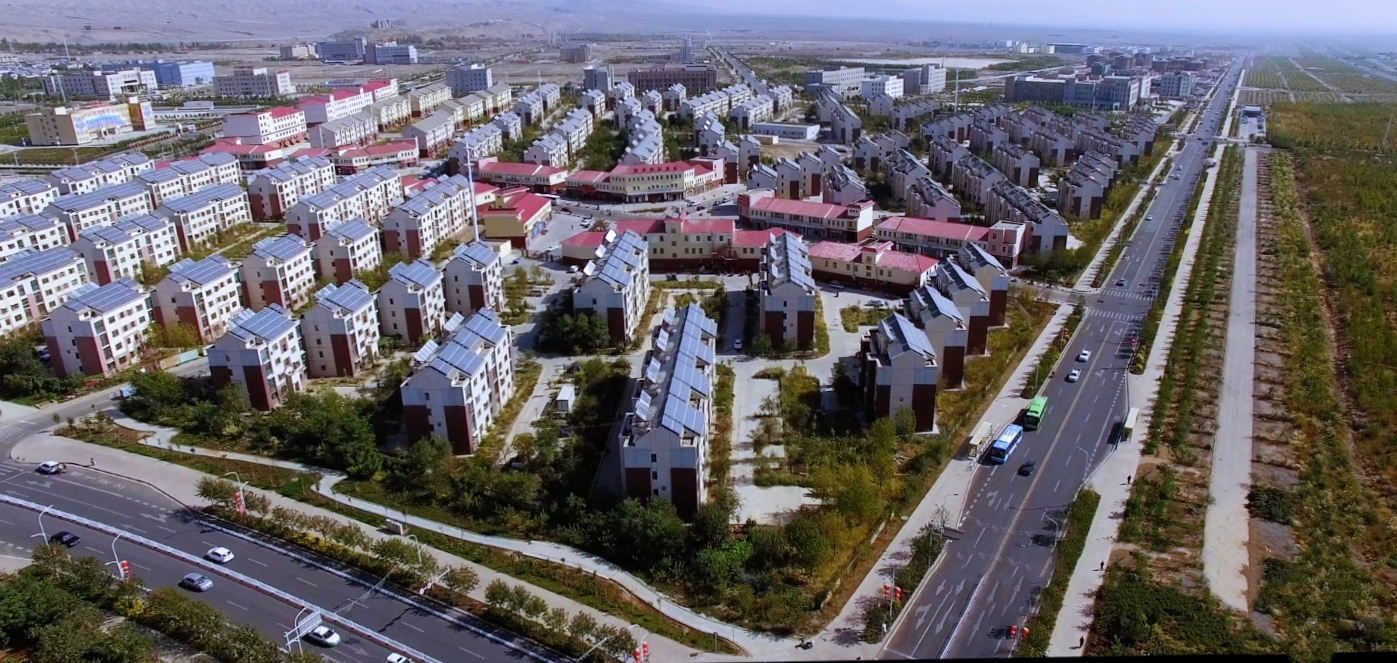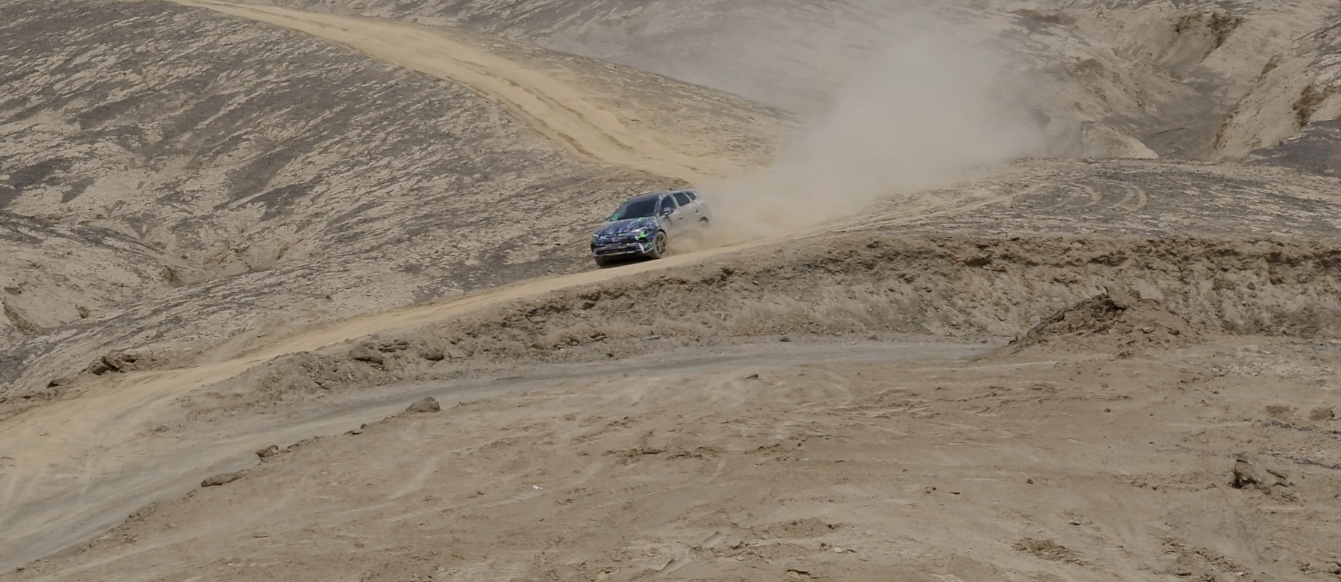03:21

The low-carbon development model practiced in Turpan, an ancient city in northwest China's Xinjiang Uygur Autonomous Region, is paying off in multiple ways, setting a potential example for other parts of the country to follow suit.
Local resident Shan Qing has been deeply impressed by the changes in life over the past few years since he moved to the neighborhood. A new way of heating homes is a typical example.
"We relied on coal for heat in the winter before we moved here, which produced a lot of dust and it wasn't safe. But we don't worry about those problems now. With the new system, we will be clean, safe and warm every year," Shan told CGTN.
What Shan is referring to is a technology called "ground source heat pump", a central heating and cooling system that transfers heat from the ground. The company that provides it uses the city's underground water to benefit some 6,000 families.

The ground source heat pump system is in operation to provide heating to local residents in Turpan. /CGTN Photo
The ground source heat pump system is in operation to provide heating to local residents in Turpan. /CGTN Photo
"The advantage of the new system is that it's clean, low-carbon and environmentally friendly. The whole process produces no sewage, waste or exhaust," said Huang Lidong, deputy manager of the operation company, adding that there's no damage to the underground water as it's recycled.
The area Shan lives is called the "Demonstration District" of Turpan, which used to be a vast desert. In 2010, the city government launched an ambitious project, aiming to turn this bare land into a livable place by making full use of natural resources.
One of the landmark projects is its smart micro grid, which takes advantage of the abundant solar energy of Turpan. As the country's first commercially operated project of this kind, it provides some 5,000 households with low-cost electricity in a clean way.

Many residential buildings are equipped with photovoltaic power devices to generate power by taking advantage of abundant solar power. /Source: Turpan government
Many residential buildings are equipped with photovoltaic power devices to generate power by taking advantage of abundant solar power. /Source: Turpan government
Turpan has long been known as China's hottest place. The Flaming Mountain there attracts a large number of visitors each year, despite temperatures reaching 80 degrees Celsius during the summer. Today, the extreme heat has been turned into profits in diverse ways.
Turpan is the only suitable place in the country for vehicles to have high-temperature testing, an essential procedure a car has to undergo before hitting the market. To meet the growing demand, a special company has been established near the mountain to serve carmakers nationwide.

A car is undergoing a high-temperature testing in Turpan. /Source: Flaming Mountain Vehicle Inspection Company
A car is undergoing a high-temperature testing in Turpan. /Source: Flaming Mountain Vehicle Inspection Company
He Gang, general manager of the Flaming Mountain Vehicle Inspection Company, told CGTN that in the past, all the tests were carried out on ordinary roads.
"It was dangerous and the data collected was not precise," He said.
"We want to build a standard third-party testing base here to help improve the quality of cars made in China," he added.
He said many carmakers have chosen to do the testing abroad, such as in Arizona of the U.S. But now, they have a more economical option. Since it went into service in 2019, the influx of auto testers has also driven the development of other sectors, including tourism, catering and lodging.
Now, the local government is planning to expand its already successful exploration of new energies.
"We plan to employ more kinds of new energies, like using the soil source and solar energy to drive heating and cooling systems," said Xiao Xijiang, chief of the Urban Planning and Construction Bureau of Turpan's Demonstration District.
Xiao said no matter what new technologies they employ, the bottom line is that it would not cause any pollution and can be used in a sustainable way.